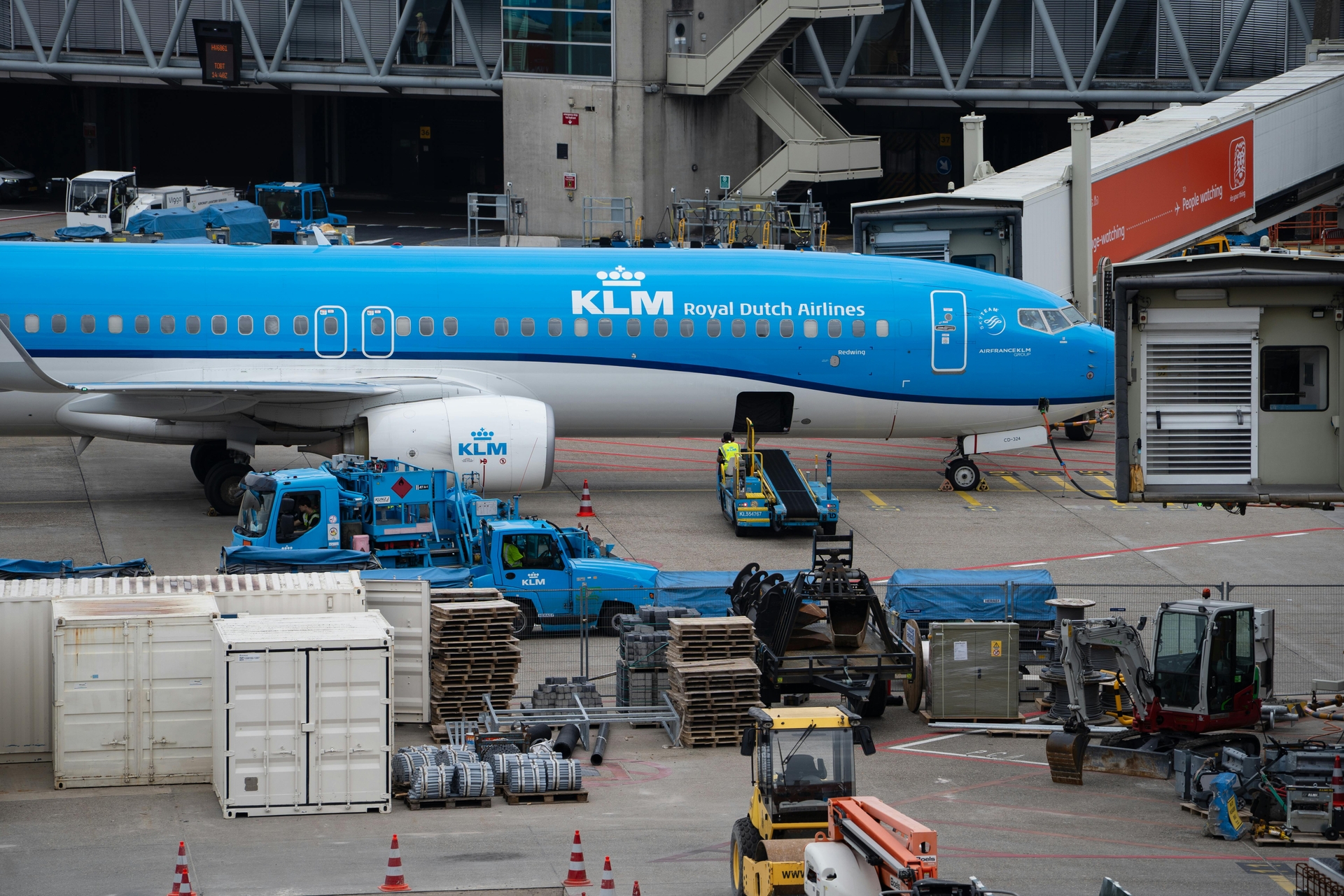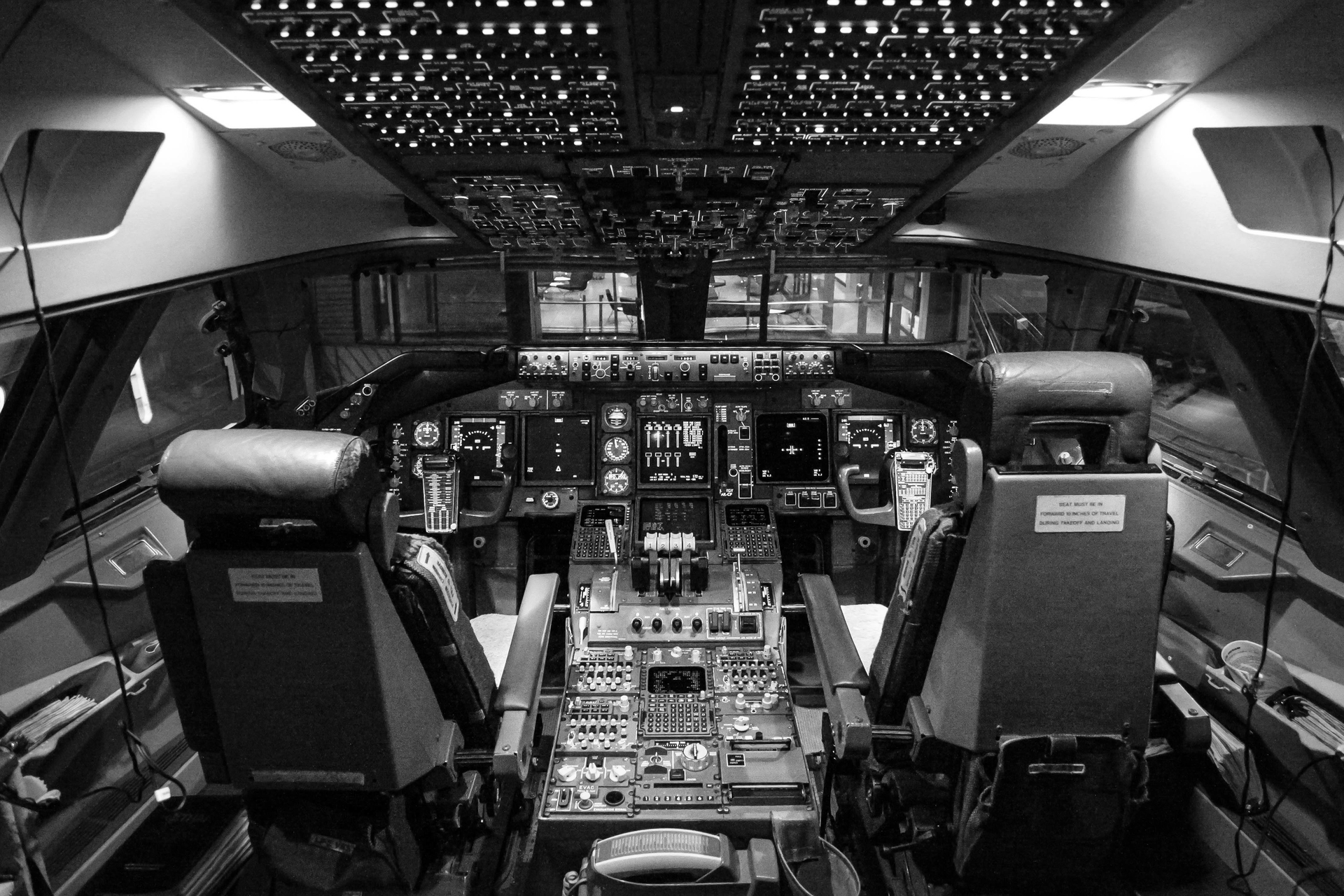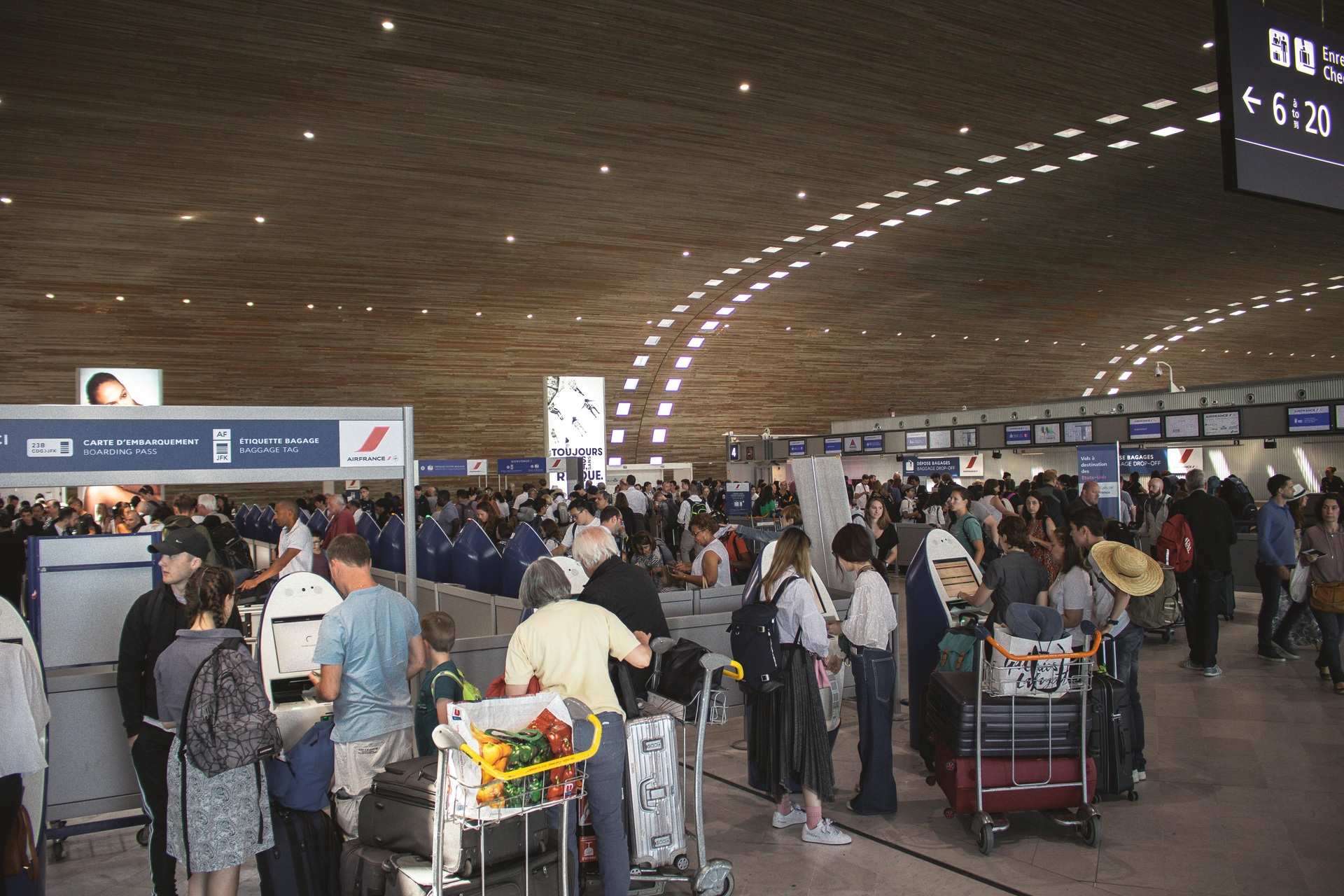
AeroGenie — Your Intelligent Copilot.
How to Manage Your Aircraft Maintenance Team With Schedule AI
August 22, 2025
Tired of manual maintenance scheduling headaches? Meet Schedule AI. See how Schedule AI is transforming aircraft operations, helping your team optimize tasks and drastically cut down turnaround times. Keep your fleet in the air and on schedule.
AI is changing flight operations and reinventing how we manage aircraft maintenance teams. For airlines, where every grounded aircraft means lost revenue and cascading delays, traditional maintenance scheduling is manual, tedious, and often falls woefully short. With aging fleets, staff shortages, and relentless supply chain challenges, a more proactive maintenance approach minimizes disruption.
Many maintenance teams have already broken free of reactive maintenance loops. Solutions like Schedule AI optimize task lists and rewire how maintenance planners slot out tasks. Clear, action-oriented data allows teams to reallocate resources in real time and drastically reduce aircraft turnaround time.
The cost of inefficiency in MRO operations
Aviation maintenance, repair, and overhaul (MRO) is an expensive game. Beyond the initial cost of rescheduling and maintenance shuffling, the delays ripple through the system, backing up other plans, rerouting flights, and frustrating passengers and crew. McKinsey estimates that each additional minute an airplane spends taxiing or airborne costs the airline more than $100 (McKinsey).
Traditional scheduling methods are falling short. A single technician out sick or an unexpected fault code can throw off the entire hangar schedule. The time lost to reactive replanning and resource bottlenecks is immense.
Here, AI-driven scheduling can automatically recalculate the best assignment strategy as conditions unfold. AI factors in labor availability, task dependencies, parts inventory, and real-time operational priorities.
What Schedule AI actually does
So what exactly is Schedule AI? At its core, it’s an optimization engine trained on thousands of real-world maintenance scenarios and scheduling outcomes. It evaluates competing demands—like priority repair jobs, workforce shifts, and spare parts constraints—and continuously recalculates the best way to deploy your team.
For example, if an A-check needs to be moved up after an unscheduled inspection finds corrosion, AI can readjust schedules for minimal disruption. Instead of manually triaging every job downstream, Schedule AI can simulate dozens of revised task sequences in milliseconds, suggesting one that minimizes both idle time and overtime costs. It takes into account which technicians are qualified, which bays are available, and which parts can be shared across tasks.
Schedule AI also helps shift planning from reactive to proactive. The system can identify upcoming resource conflicts before they occur, prompting action early, like pulling in reserve techs or rebalancing workload across facilities.
Bringing predictability to unpredictable conditions
Flight schedules shift. Weather delays crews. And routine inspections can turn into a component teardown. These are daily realities for airline MRO teams. Schedule AI can’t prevent all of these surprises, but it enables faster, more effective recovery.
ePlaneAI’s Schedule AI can run thousands of schedule permutations within minutes, selecting the one with the lowest overall cost and delay impact. This flexibility is crucial during irregular operations, when planners need to reassign technicians, reroute parts, and reshuffle tasks without grinding work to a halt.
Instead of cascading work orders in a fixed, rigid plan, Schedule AI supports dynamic reallocation. If a priority aircraft lands early or a technician calls in sick, the system shifts assignments instantly, minimizing idle time, reducing handoffs, and preserving the overall maintenance window.
Smarter labor utilization, even in a workforce crunch
Labor shortages are hammering every part of the aviation industry, including MRO. In our current state, airlines can’t hire techs fast enough to meet growing maintenance loads. And with newer aircraft introducing more complex systems, the skill mix needed for each job is harder to match.
Schedule AI can’t solve labor shortage issues, but it can stretch your existing team further. The software ensures that technicians are only assigned to work they’re certified for and that tasks are bundled efficiently based on proximity, equipment needs, and support resources. This reduces “walk time,” repetitive tool fetching, and time spent waiting on prerequisite tasks.
More importantly, it allows planners to model how different staffing scenarios will affect throughput. For instance, what happens if the night shift loses two avionics techs? Or if an apprentice cohort joins in July? Schedule AI can forecast the operational impact and help managers make operationally aligned hiring or scheduling decisions.
AI meets maintenance culture: Adoption insights
Tools like Schedule AI change workflows and mindsets. For MRO teams used to whiteboards and tribal knowledge, adopting AI-based scheduling can be a cultural leap—but the rewards are undeniable.
For one successful deployment, an ePlaneAI client reaped immediate rewards when implementing Schedule AI. Implementation involved retraining leader planners, integrating union feedback early and often, and giving techs full visibility into AI’s logic.
This openness turned early skepticism into enthusiasm. Techs saw how fewer scheduling conflicts meant less frustration and more productive shifts.
The software proved itself, but without initial trust and worker buy-in, the AI capabilities would not have delivered any value. For an AI transformation to succeed, workers must be all in.
The future of AI in aviation ops
The full potential of AI is still unfolding. Tools like Schedule AI are scratching the surface of what’s possible when all commercial and operational data finally live under one roof.
Airlines that embrace fully AI-powered decision ecosystems stand to gain a massive strategic edge.
McKinsey envisions a future where flight planning is driven by integrated, AI-powered platforms with flexible, dynamic scheduling based on real-time airport congestion, staffing availability, and customer disruption impacts.
Long-term, this shift could empower airlines to ditch rigid planning cycles and shift toward rolling optimization, building slack into the system exactly where it’s needed—no more, no less (McKinsey).
In maintenance, digital twin technology and simulation modeling are becoming the norm. According to the MRO optimization report, applying AI in tandem with physics-based modeling allows planners to test scenarios like parts degradation, technician absenteeism, or facility bottlenecks—without risking real-world assets. These “what-if” simulations lead to smarter capital investments and more resilient turnaround planning.
FAQs
Will AI replace airplane mechanics?
No, AI won’t replace mechanics, but it will extend their capabilities. Generative AI is being adopted in aircraft maintenance to ease labor shortages, not eliminate jobs. AI copilots and virtual assistants can help technicians troubleshoot faster, surface relevant repair data from manuals, and even pre-fill maintenance reports—freeing up more time for actual wrench work (McKinsey).
In short, AI handles the busywork. Humans still make the calls.
What is predictive maintenance in aviation?
Predictive maintenance in aviation uses AI and data analytics to anticipate when a part or system is likely to fail, so it can be fixed before it causes delays or safety issues. Instead of relying on fixed schedules or waiting for something to break, predictive systems analyze real-time sensor data, maintenance logs, and even pilot write-ups to flag early warning signs of wear or malfunction (McKinsey).
McKinsey notes that adding generative AI to existing predictive tools makes these forecasts even smarter. Gen AI can process unstructured data like technician notes or service manuals and turn it into meaningful insights. This helps airlines plan repairs more accurately, avoiding unnecessary downtime.
What’s the difference between AMO and MRO?
An Approved Maintenance Organization (AMO) is a facility that’s officially certified by a national aviation authority—like the FAA or EASA—to perform maintenance on aircraft, engines, propellers, or parts. These organizations must meet strict regulatory requirements and operate under the oversight of the certifying authority (SKYbrary).
An MRO, or Maintenance, Repair, and Overhaul provider, is a broader industry term for companies that perform maintenance services. While all AMOs are MROs, not all MROs are necessarily certified as AMOs unless they hold the proper regulatory approval.
In short, AMO is a regulatory designation while MRO is a business category.
An inflection point for aviation operations
The aviation industry is at a crossroads. Legacy tech, manual planning, and reactive maintenance can’t keep pace in an industry defined by labor shortages, supply chain volatility, and razor-thin margins.
AI offers a tangible roadmap to reduce costs and increase fleet uptime, improving the customer experience.
Ready to move beyond reactive maintenance planning?
Put AI to work for your fleet with ePlaneAI’s Schedule AI. Cut delays, optimize labor, and keep aircraft moving—no spreadsheets, no guesswork. Talk to ePlaneAI about smarter maintenance scheduling →
Aviation Maintenance Trends That May Gain Momentum in Uncertain Circumstances
Aircraft are staying in service longer, supply chains are a powder keg, and the tech is evolving overnight. Discover the maintenance trends gaining momentum and what they mean for operators trying to stay airborne and profitable.

October 2, 2025
Choosing the Right Aircraft Parts with Damage Tolerance Analysis
The future of aviation safety is all about the parts. Authentic, traceable parts bring optimal damage tolerance and performance to fleets for maximum safety and procurement efficiency.

September 30, 2025
How to Enter New Aviation Markets: The Complete Guide for Parts Suppliers
Breaking into new aviation markets? Learn how suppliers can analyze demand, manage PMA parts, and build airline trust. A complete guide for global growth.

September 25, 2025
5 Aviation Marketing Strategies You Should Use to Sell to Global Airlines
Airlines face shrinking margins and rising expectations. See how top strategies—dynamic offers, partnerships, personalization, and more—can close deals with global carriers.
